Do Carnations Have Pollen: A Guide to Carnation Pollination and Its Potential to Cause Allergies
Yes, carnations have pollen. The pollen of carnations is typically small, dry, and powdery. It is produced in the anthers, which are located on the stamen of the flower. Pollen is essential to the reproductive process of carnations and is critical for forming seeds, which is necessary for plant propagation.
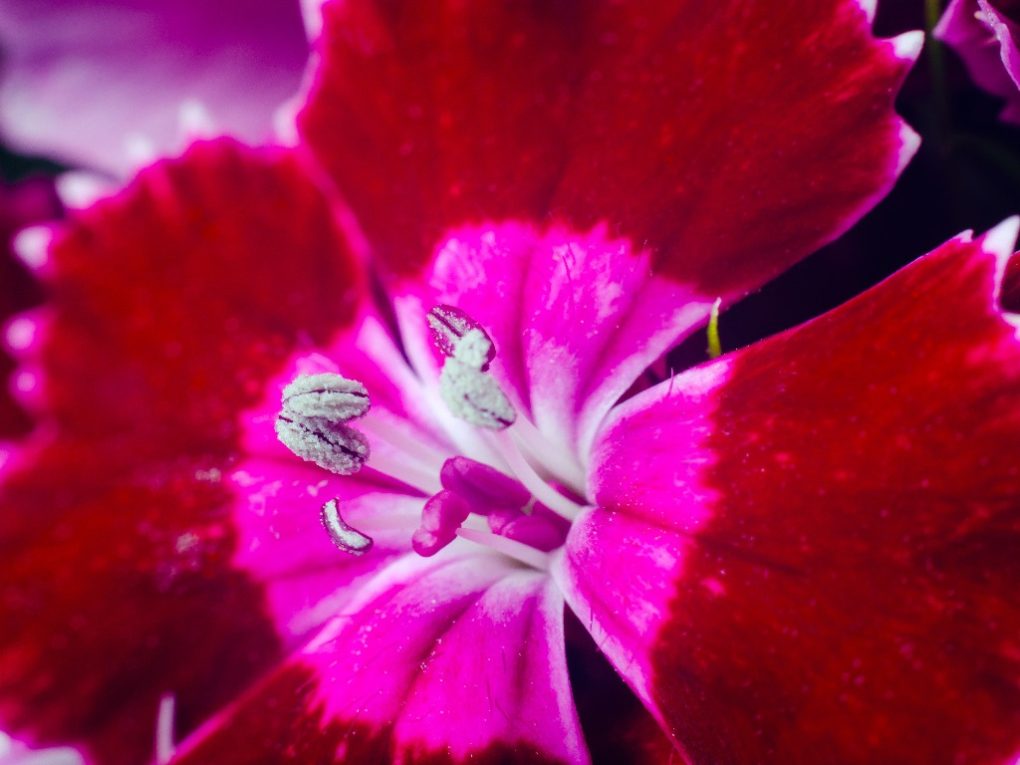
Despite producing pollen, carnations are considered low-allergen flowers. This is because they produce less pollen than other flowers, and the pollen they produce is less likely to cause allergic reactions.
Table of Contents
Pollen in Carnations
Production
Carnations have male and female reproductive organs, allowing them to self-pollinate and produce seeds. The male organ, called the stamen, produces pollen. The stamen comprises two parts: the filament, which is a thin stem-like structure, and the anther, which is the top part of the stamen that contains the pollen.
The flowers produce pollen in the anthers located at the tips of the stamens. The anthers contain several small, pollen-bearing sacs called microsporangia. As the flower develops, these sacs split open, releasing the pollen grains.
The amount of pollen produced by a carnation plant can vary depending on some factors, including environmental conditions, genetic traits, and cultivation practices. However, on average, a single carnation flower can produce hundreds or even thousands of pollen grains.
Pollen production in carnations is important for the plant’s reproductive success, as it allows genetic material transfer from one plant to another. This genetic diversity is important for the long-term health and survival of the species.
Transfer
Pollen transfer is a crucial aspect of the reproductive biology of carnations. Pollen transfer in carnations typically occurs through cross-pollination, in which pollen from one plant is transferred to the stigma of another plant.
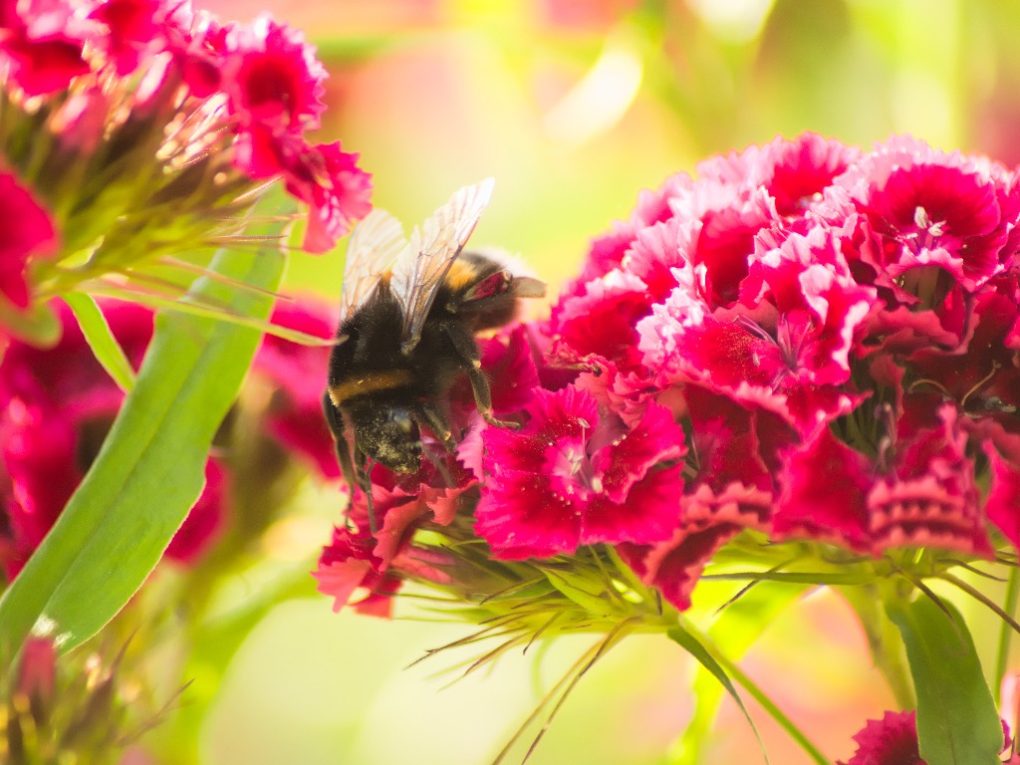
Cross-pollination in carnations is often facilitated by pollinators such as bees, butterflies, and moths, which are attracted to colorful and fragrant flowers. As these insects move from flower to flower, they pick up pollen grains from the anthers and inadvertently transfer them to the stigma of other flowers.
This process helps to ensure that genetic diversity is maintained within the population, as it allows for the mixing of genetic material from different individuals. In addition to insect pollination, carnations can be cross-pollinated through other means, such as wind or human intervention.
Wind can carry pollen grains from one plant to another, although this is less common in carnations than in other plant species. Human intervention, such as hand pollination, can also transfer pollen from one plant to another in controlled breeding programs.
Once pollen has been transferred to the stigma of a carnation flower, it must travel down the style and into the ovary to fertilize the ovules and produce seeds. This process is facilitated by the growth of a pollen tube, which extends down through the style and delivers the sperm cells to the ovules.
Factors Affecting Pollen Production in Carnations
As mentioned, pollen production in carnations can be affected by various factors, both internal and external to the plant. Here are some key factors that can influence pollen production in carnations.
Environment
Temperature is one of the most important environmental factors that affect pollen production in carnations. High temperatures can lead to reduced pollen viability, while low temperatures can cause delayed flowering and reduced pollen production. The optimal temperature range for carnation pollen production is between 13 and 15°C.
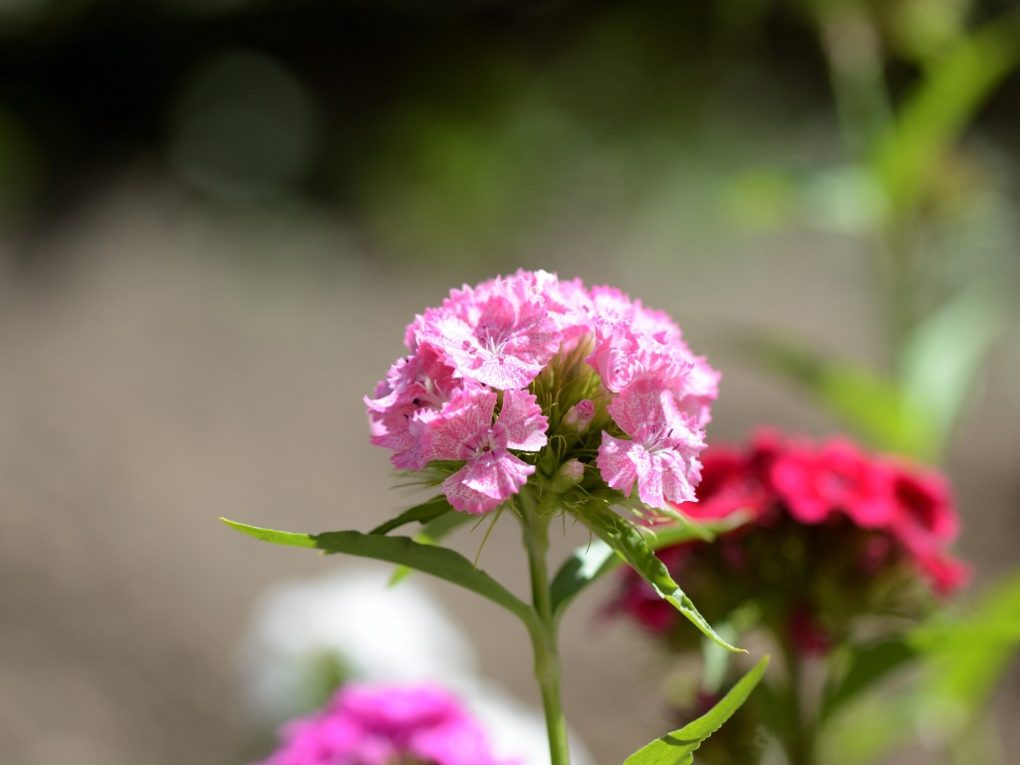
Light levels also play an important role in pollen production. Adequate light is necessary for photosynthesis and energy production, supporting reproductive processes such as pollen production. However, excessive light can lead to photoinhibition, damaging the photosynthetic system and reducing pollen production.
Also, humidity can impact pollen production in two ways. First, high humidity can increase the risk of fungal infections, damaging the anthers and reducing pollen production. Second, low humidity can cause dehydration and damage the anthers, reducing pollen production.
Water stress can lead to reduced pollen production and poor flower quality. Plants require adequate water to grow and reproduce, and water stress can impact the entire reproductive process, from flower formation to pollination and fertilization.
Nutrient Availability
Nutrient availability is important for plant growth and health, including producing flowers and pollen. However, nutrient deficiencies or imbalances can produce reduced pollen and poor flower quality.
Nitrogen is a critical nutrient for plant growth and development, producing flowers and pollen. High nitrogen levels can generally lead to increased plant growth, while low nitrogen levels can lead to stunted growth and reduced flower and pollen production.
Phosphorus is another key nutrient that plays a role in pollen production in carnations. Adequate phosphorus levels are necessary to develop healthy anthers, which produce and release pollen. Phosphorus deficiency can lead to poor anther development and reduced pollen production.
Adequate potassium levels can improve flower and pollen production, while potassium deficiency can lead to stunted growth and reduced pollen production. Also, enough calcium can lead to improved anther development and pollen production, while calcium deficiency can lead to reduced anther development and poor pollen viability.
Pest and Disease Pressure
Fungal infections are a common problem in carnations and can affect flower development and pollen production. Fungal infections can damage the anthers, reduce pollen production, or lead to poor quality and reduced viability. Fungal infections can be controlled using fungicides and other management strategies.
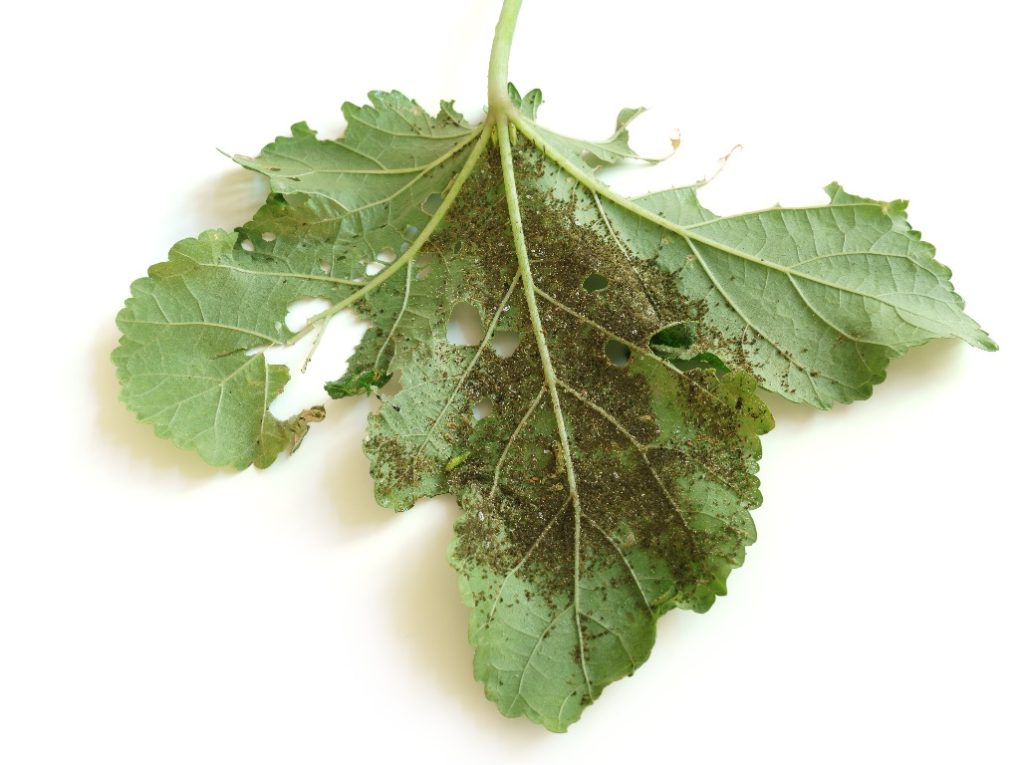
Insect pests can also impact pollen production. For example, pests such as thrips and mites can damage the plant’s reproductive organs, including the anthers, reducing pollen production and poor flower quality. In addition, insect pests can be controlled using insecticides or other management strategies.
Some viruses can cause reduced flower production or deformities, impacting the amount and quality of pollen produced. Viral infections can be difficult to manage, but measures such as using virus-free planting material can help prevent the spread of disease.
Pests and diseases can also lead to plant nutrient deficiencies, impacting pollen production. For example, fungal infections can cause root rot, reducing nutrient uptake and poor plant growth, including reduced flower and pollen production.
Carnation Pollen and Allergies
Risk
Carnation pollen is a potential allergen for some individuals. Allergies to carnation pollen are relatively rare, but some people may experience symptoms such as sneezing, runny nose, itchy eyes, and skin rashes when exposed to the pollen.
The severity of these symptoms can vary depending on the individual and the amount of pollen they are exposed to. For most people, exposure to small amounts of carnation pollen is unlikely to cause significant allergic reactions. However, those highly sensitive to pollen may experience more severe symptoms, even from small amounts of pollen.
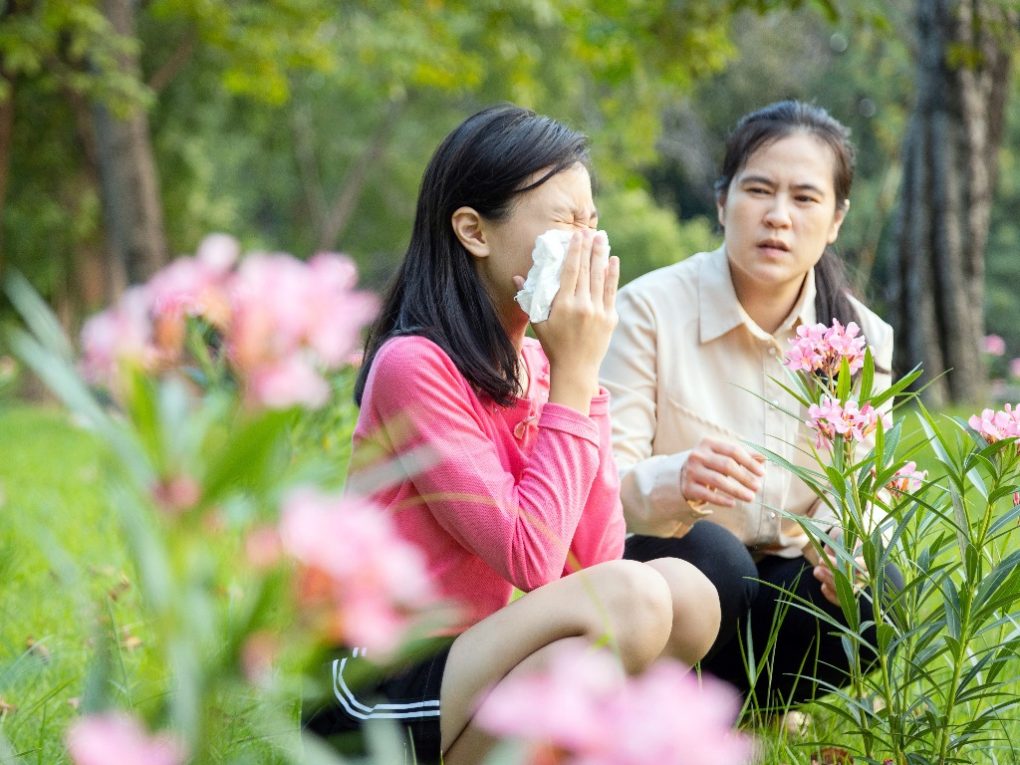
Not all species or cultivars of carnations produce the same amount or type of pollen; some may be more likely to cause allergic reactions than others. Additionally, the timing of pollen release can vary depending on the plant and environmental factors, which can also affect the likelihood of allergic reactions.
How to Manage Symptoms
If you are allergic to carnation pollen, avoid contact with carnations and other flowers that produce pollen, especially during the peak pollen season. As someone with allergies, I recommend using air filters at home or work. I find this effective in reducing exposure to airborne pollen.
Over-the-counter allergy medications such as antihistamines or decongestants can also help to relieve allergy symptoms such as sneezing, runny nose, and itchy eyes. Consult your doctor or pharmacist to determine the most appropriate medication for your symptoms.
You can further try immunotherapy, also known as allergy shots. It involves regular injections of small amounts of allergens, such as carnation pollen, which can help to desensitize your immune system and reduce allergy symptoms over time.
When gardening or working with flowers, wear a protective mask to filter out pollen particles and gloves to avoid direct contact with the plant. Wash your hands frequently, avoid rubbing your eyes or nose, and shower after spending time outdoors to remove pollen from your skin and hair.
